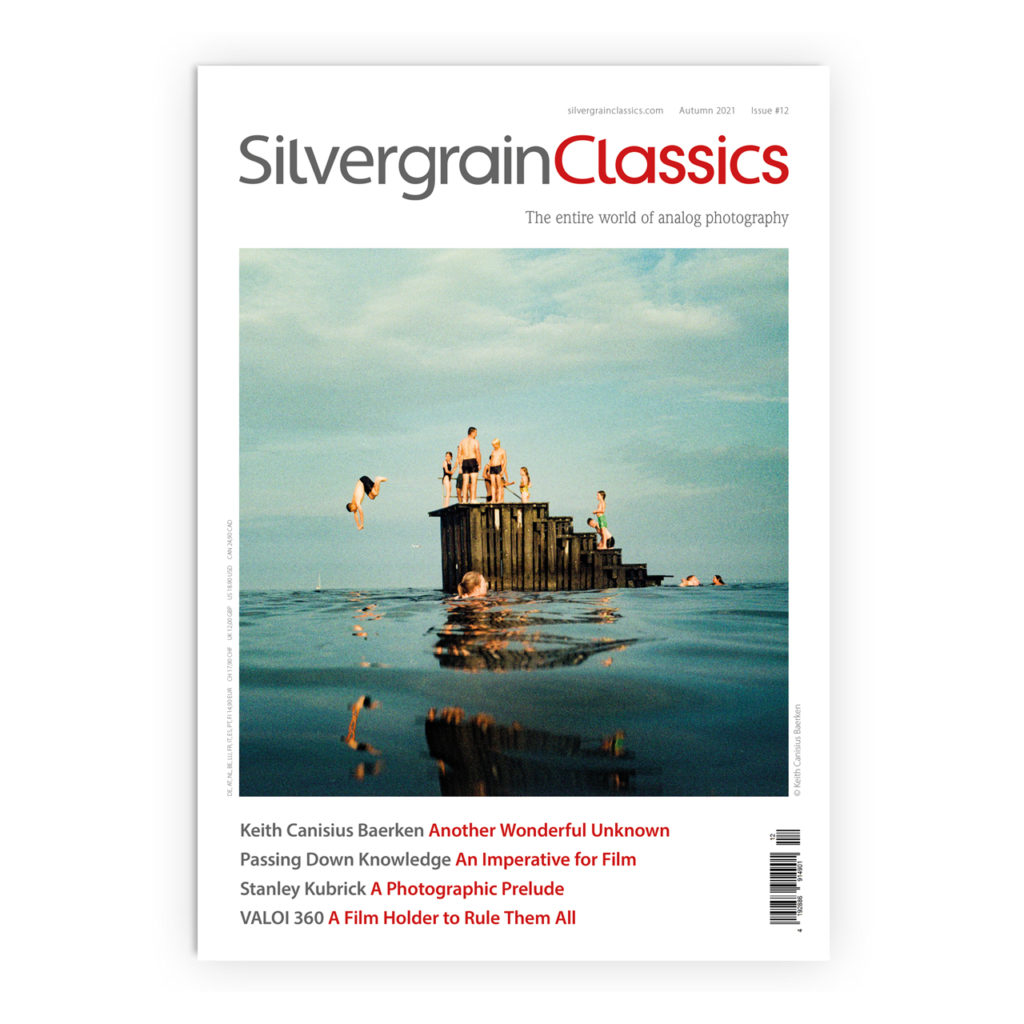Mike Kitson and his quest for a B&W developer comparison
Mike Kitson recently posted a question on a Facebook group. He had been trying to find information on the difference between black & white developers.
By Christopher Osborne.
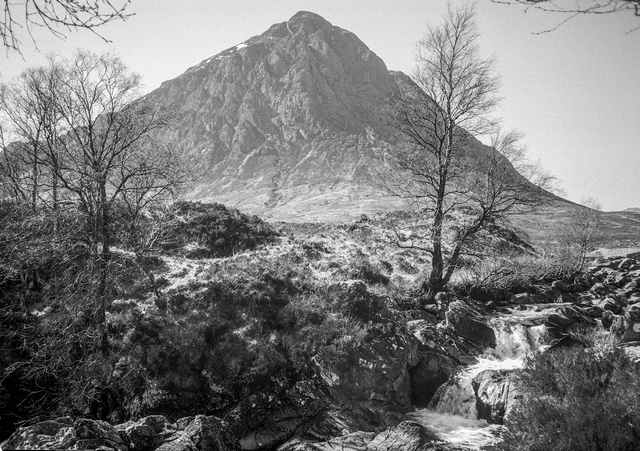
Landscape by Mike Kitson
Mike Kitson recently posted a question on a Facebook group. He had been trying to find information on the difference between black & white developers. He had found lots of developer reviews on the internet, however, these were often opinion pieces with each article or video extolling the virtues of a single developer. Mike also read through manufacturer websites but was still unable to understand the differences that different developers could offer. He wanted to know which developer gives the best result for each film.
I was interested in the back story behind Mike’s search for information, and we arranged to talk.
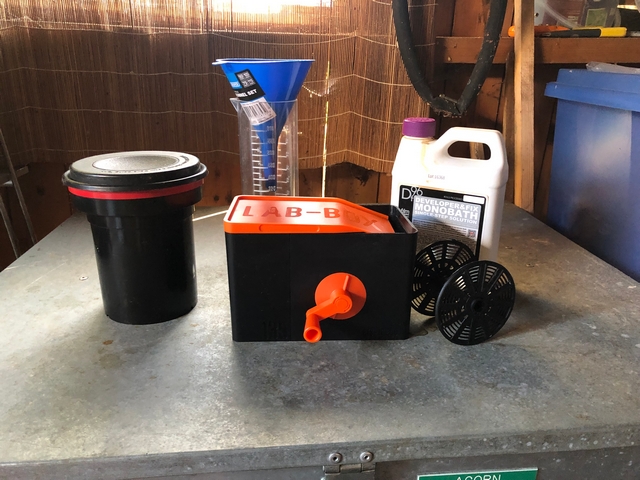
Mike lives in South Cumbria, close to the Lake District in England. Photography has always been a part of his life. “My father used to shoot holiday photographs on Kodak Kodachrome 64, and so we had slides. I had a Zenit camera when I was a kid. Later I bought an Olympus OM10 and then later an OM1”, Mike recalls. My films were always processed in stores like Boots or Jessops.
“About 15 years ago, I became more interested in photography. I wanted to produce something more interesting than basic holiday snaps. Our holidays became longer, and for example, we went on a three-week road trip around the United States”. In 2010, I moved to digital photography. Somehow, this offered the chance to make better images. Seeing the result somehow made making better images easier.
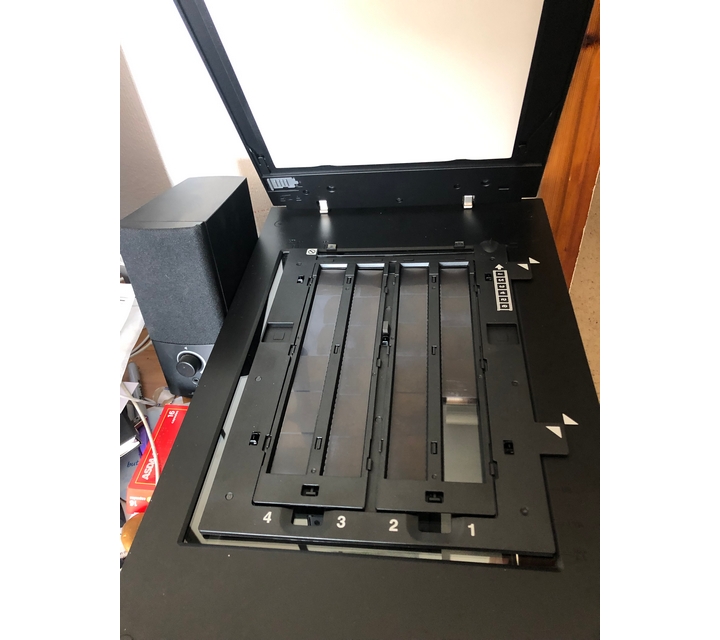
“As I approached retirement, my partner encouraged me to take up a hobby. She was adamant that I would not be hanging around the house watching daytime television”. Mike joined the RPS (Royal Photographic Society) and was able to gain their Licentiate Distinction on the first attempt. “I have a competitive streak”, Mike admits. “I have discovered an artistic side to photography, and that I can express myself in a way that I had not previously considered”.
Mike also joined a local camera club, and some of this group re-introduced Mike to film. He bought an Olympus OM2 to participate in a film shoot. Mike also shot images on his Father’s Kodak Retinette camera. Films were sent off for developing and scanning.
I asked Mike what the experience of returning to film was like. “I found it more difficult than using a digital camera. In some ways, this is paradoxical as there are fewer buttons and controls. This intrigues me. And there is the added constraint that there are only 36 shots on a roll of 35mm film”.
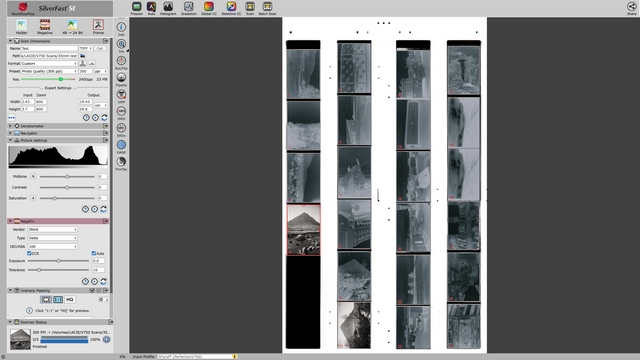
I use flash which is very harsh, and this balances the complexity within the images.
“I am good at using Lightroom, and I still find it strange that film has no metadata. Just the ISO and film type on the edge of the film”, Mike reflects. “Film photography has forced me to be more considered. It has forced me to think more about the image that I am trying to make before I press the shutter button. This is also something that I have taken back into my digital practice. Film photography has opened up a whole different field of photography”.
Mike has an interesting project planned. He plans to visit the Lake District scenes immortalised by painters Alfred and William Heaton Cooper and to, hopefully use a large format camera to make a modern representation of the scenes that they had created. Mike is planning to shoot a mixture of black & white and colour images. The need to visit scenes multiple times to achieve the right lighting conditions and the correct time of year requires a level of dedication that Mike has not attempted previously.
Mike has now expanded his camera toolkit to include a 120 Yashicamat and a Holga 120N as well as a couple of pinhole cameras. He has also been on a large format course and wants to use this format for the future project.
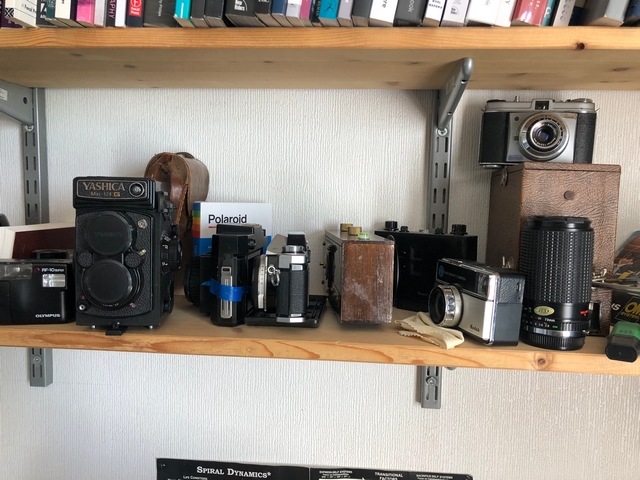
Mike started wondering if he could develop film himself. He does not have the space for a dedicated darkroom. Mike chose to use a Lab-box developing tank. He chose this approach as it did not require a changing bag and “it just seemed more foolproof”.
The next question Mike asked himself was which chemistry to use. “This is where things started to get confusing”, Mike says. “There are so many different black & white developers. I found lots of YouTube videos that reviewed a single developer. But I could not find any meaningful comparison information.
Mike lives in a rural area, so dumping used chemistry down the toilet was out of the question. “In the end, I chose Cinestill’s Monobath as it was an easy starting point. Having just one chemical to dispose of contributed to Mike’s decision process.
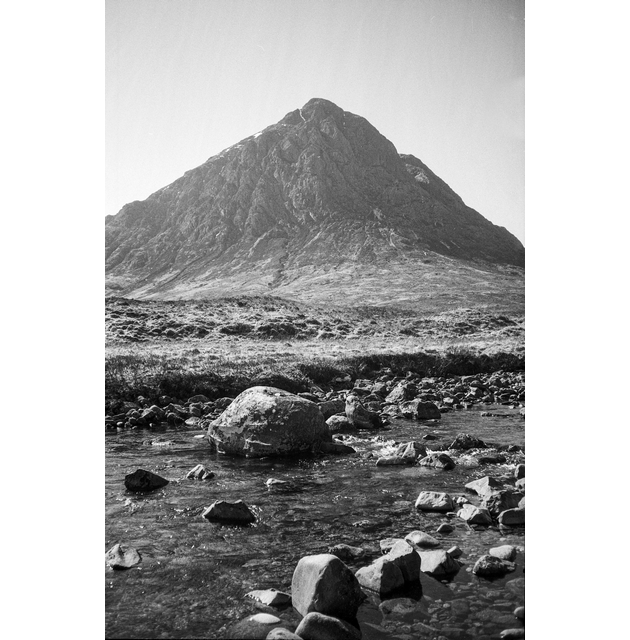
This brings us back to the question that Mike posted on a popular Facebook group. Mike was still trying to find the differences between developers and so he asked others for their thoughts on which developer they used and why. The response did not answer Mike’s question either. Instead, there was a good response where members of the group passionately extolled the virtues of their favourite developer. The Rodinal fans are both numerous and vocal. Then there was the XTol and Kodak HC110/Ilfotec HC group. The 510 Pyro team also deserve a mention for their evangelical support of this developer. And a minority admitted to using traditionally popular developers like Kodak D76 or Ilford ID11. Oh, and let’s not forget the die-hard Cafenol supporters.
You can find more of Mike Kitson’s work on his website at https://www.mikekitsonphotography.com/gallery and on Instagram at @kitson.m
Images © Mike Kitson 2023.
You might also be interested in the work that Chris Smith is doing with children in the UK. see https://silvergrainclassics.com/en/2023/02/chris-smith-and-photography-in-the-community/
You can find an index to the entire collection of SilvergrainClassics magazines here https://silvergrainclassics.com/en/magazine/index-of-articles/

